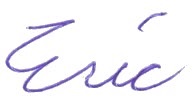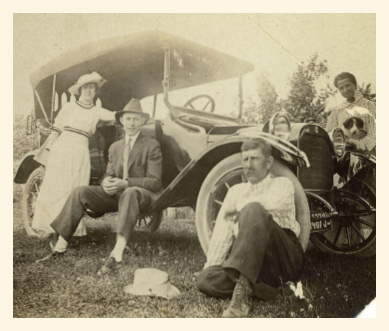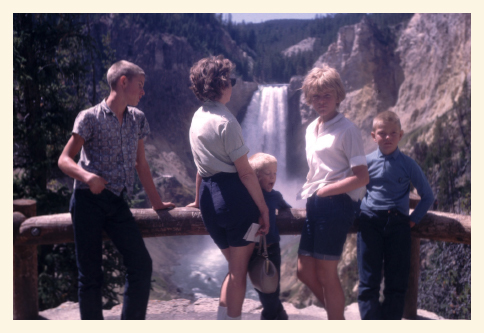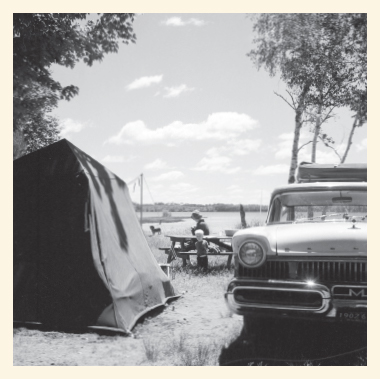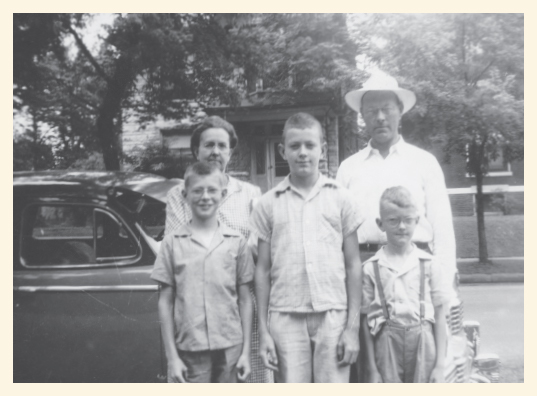By Eric Peterschmidt
Recently, I had the wonderful opportunity to reconnect with an 87 year old genealogist. I will call him Howard. We knew each other because we briefly overlapped at the same company, though he retired 30 years ago. Since retirement, he and his wife spent much of their time researching, connecting, aggregating, and building the extended family story.
The last time I talked to him was 6 years ago. He showed me some of his work, and I was impressed. I gave him a conceptual overview of the product I wanted to build, and he was impressed. We had not talked since. I also know his son, and through his son, Howard reached out to me recently as he wanted to “pick my brain” about his work and how to pass it on.
Howard’s wife passed 3 years ago. Though he can still get around, he is generally pretty feeble and has had some recent major medical challenges.
We sat at the kitchen table in his lovely condo, with photos everywhere of his wife, children and other family members. There was and is a lot of love in this household! The table had one binder and his Mac computer on it – all ready for me. I had a general idea of what he wanted to discuss, but first I just needed to listen – to have him tell me what he has, what is on his mind and to go at his own pace.

It was a wonderful journey! He started with the binder. It was very neatly organized and of one line of his family. It included sections for each person with a narrative on their story (often at least 10 pages or so), timeline of their life and their lineage. Each section was in a plastic sleeve for protection.
If you know genealogists, in a situation like this, you don’t read the binder. In fact, I never really touched it. Instead, you let the genealogist lead. In Howard’s case, he opened it up to a section which triggered his memory and he went into story-telling mode. He did not have to read anything because he knew it. It is all in his head. He talked about so many things — how one of his ancestors was the first white woman to settle in what is now one of our major suburbs, about another’s journey from England to New England, about how he connected and met with distant relatives from the UK and how they provided content to help him build his 20-volume set and on and on. He periodically would talk about how this or that needs updating. I saw a few photos, but the binder was almost completely text and similar information.
Then he opened up his Mac and showed me the photos.
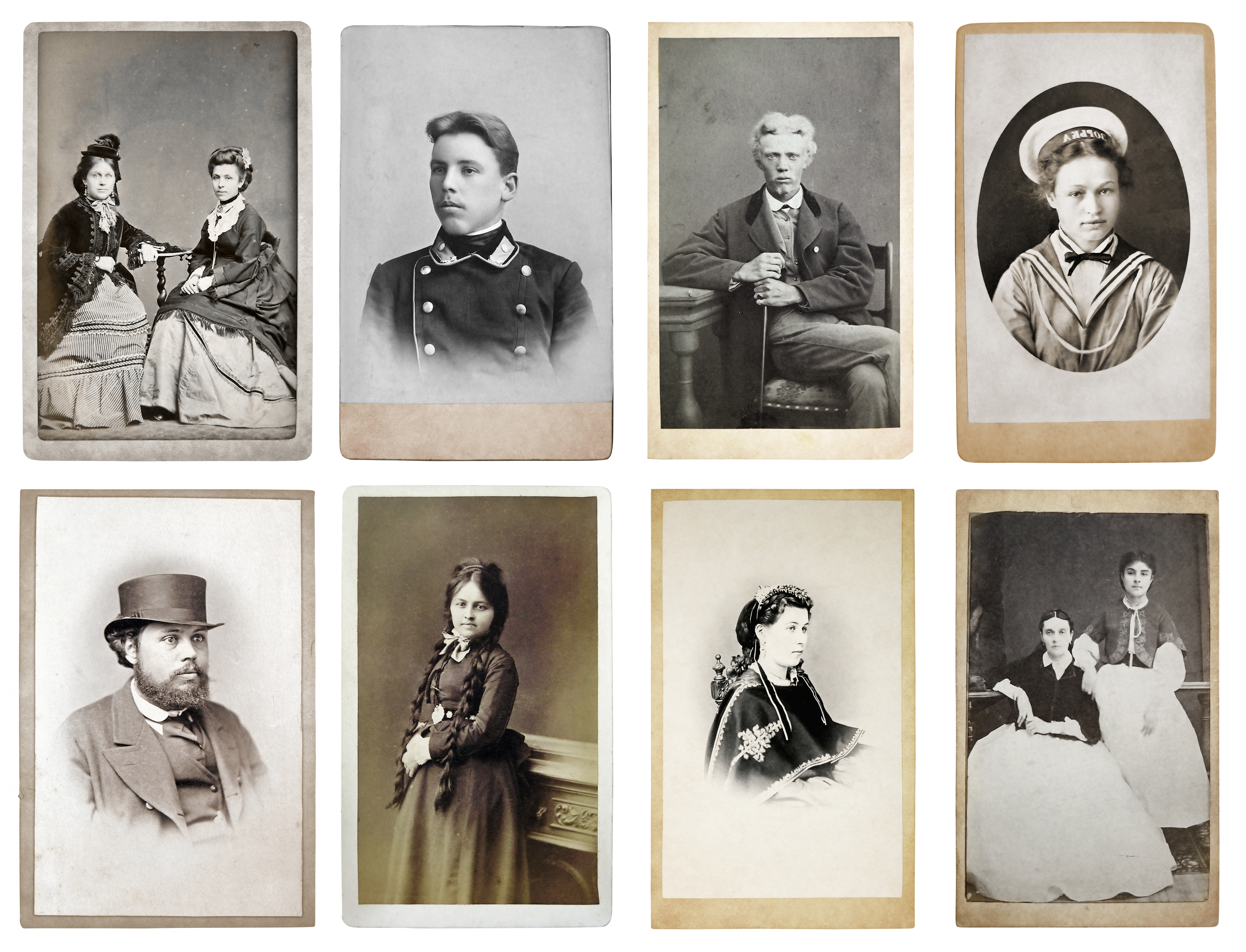
They were all in one big “flat file”. No sub-folders or any organization. Current ones are mixed in with others from the 1800s. No information or file name to provide any description. I believe he said around 5000 all together. But just like the book, as the first photos popped up on the screen, he launched into story telling. Not just names of people, but a little about who they were, their personalities and what was going on in the photo. We spent about 15 minutes and never went beyond the first 6 images. I loved how he brought life to each one.
After that, he said “Eric, I am realistic and know I am not going to be around much longer”. He went on to talk about his concern about having someone pick this all up, and his kids, with all they have going on in their lives right now, are not real interested. He was also concerned about getting it all into the right condition to pass it on so it can be picked up – knowing it might not be until someone in a future generation.
Now that I had a glimpse of what he had created and why he wanted to “pick my brain”, I processed it a bit. I knew I needed to be honest with my friend too – there is no sense in a conversation like this to push worries and realities aside. His concerns are real, and he is sitting on a family gem that potentially could be lost. So, I recommended the following:
•First, don’t worry about the binders. He has done an amazing job creating and aggregating content and placing them into survivable packaging. Sure – there are updates that are needed, and maybe later he re-visits them to assemble digital versions of these documents. But that is not where I suggest he focus his time now.
•My suggestion was that he should spend time on the photos. He has an amazing set and has so much knowledge about them in his head. Connecting his knowledge and stories – his oral “context” — to the photos would be the best thing he could do to ensure their survivability. Photos without context are destined for the landfill or otherwise lost.
•How does he attach the context to the photos? My suggestion is that he does it in the same manner he just did it with me. By talking. Pull up a photo, pretend family members are sitting there with him at the kitchen table and tell them all about it. It is not only the most natural and fastest way to do it, but it also captures his storytelling voice – his inflections, his laughter, his emotion — for his descendants to hear for generations to come.
We talked about some methods for doing this and settled on an approach. I offered to help him get started, and he accepted. We will meet next week and get things going. I left him in a good mood, and I believe, feeling optimistic about the way forward.
I look forward to providing a post on how things progress with Howard. He is not alone in this situation, and we all have much to learn to make sure these gems of family history are properly preserved and passed on.
